In an ideal world, our boundaries will be respected from the get-go. However, sometimes we may encounter people in our lives who will push our boundaries and make it difficult for us to stick to them. This can lead us to feel run down, angry, tired and upset.
So, how can we effectively set and maintain boundaries in our relationships with others?
Identify the boundary that has been crossed
Listen to what our thoughts, emotions and physical sensations are telling us. Are we noticing that we have an increased heart rate and sweaty hands after a person in our life said something that didn’t sit well with us? What are the thoughts running through our mind? Before we engage in discussion with the other person, it is important to identify the boundary that was crossed and how it made us feel.
Communicate your boundary using “I feel” statements
Communicating the emotion we are experiencing can help the other person understand what is going on for us and help our emotions feel less overwhelming for us by giving them a label. Using “I feel” statements can show the other person that we are taking responsibility for our feelings whilst also respectfully disclosing how the boundary being crossed has affected us.
Acknowledge the other person’s needs
Some simple validation and acknowledgement that the other person’s needs are important to them can help develop mutual understanding and respect between both parties.
Making clear any consequences of crossing the boundary any further
No, this is not an ultimatum or a threat. Respectfully communicating what will happen if the boundary is violated again can help the other person better understand the importance of our limits.
Optional: Set a compromise
Compromising can be a solution to ensure that both parties’ needs are met. However, remember that compromising is not an essential part of setting boundaries. We are entitled to set a boundary without it involving a compromise.
Now that we know what the steps are, what might setting a boundary look like? Well, take the example of a family member continuing to bring up an event with the rest of the family that we do not feel comfortable speaking about.
First, we identify that this discussion made our body go tense, indicative of an anxiety response. We notice that the thoughts running through our mind are “I can’t believe that they would say this” and “Don’t they know how embarrassed I am of this event?” which tells us that a boundary has been crossed. Then, boundary setting can look a little like this…
“I wanted to talk to you about something. I feel anxious when you bring up this event with other family members” (communicating the boundary using “I feel” statements).
“I know that the event has personal significance to you too, and it is important for you to be able to talk to others about it” (acknowledging the other person’s needs).
“However, in future, I’m going to have to remove myself from the situation when the event is brought up” (making consequences clear).
“If you like, I’m happy to try and set a compromise. I don’t mind if you talk to Grandpa about it when the rest of the family aren’t present” (setting a compromise).
Remember that you do not have to over-explain or justify your boundary. Setting boundaries with others is also showing respect to ourselves.




